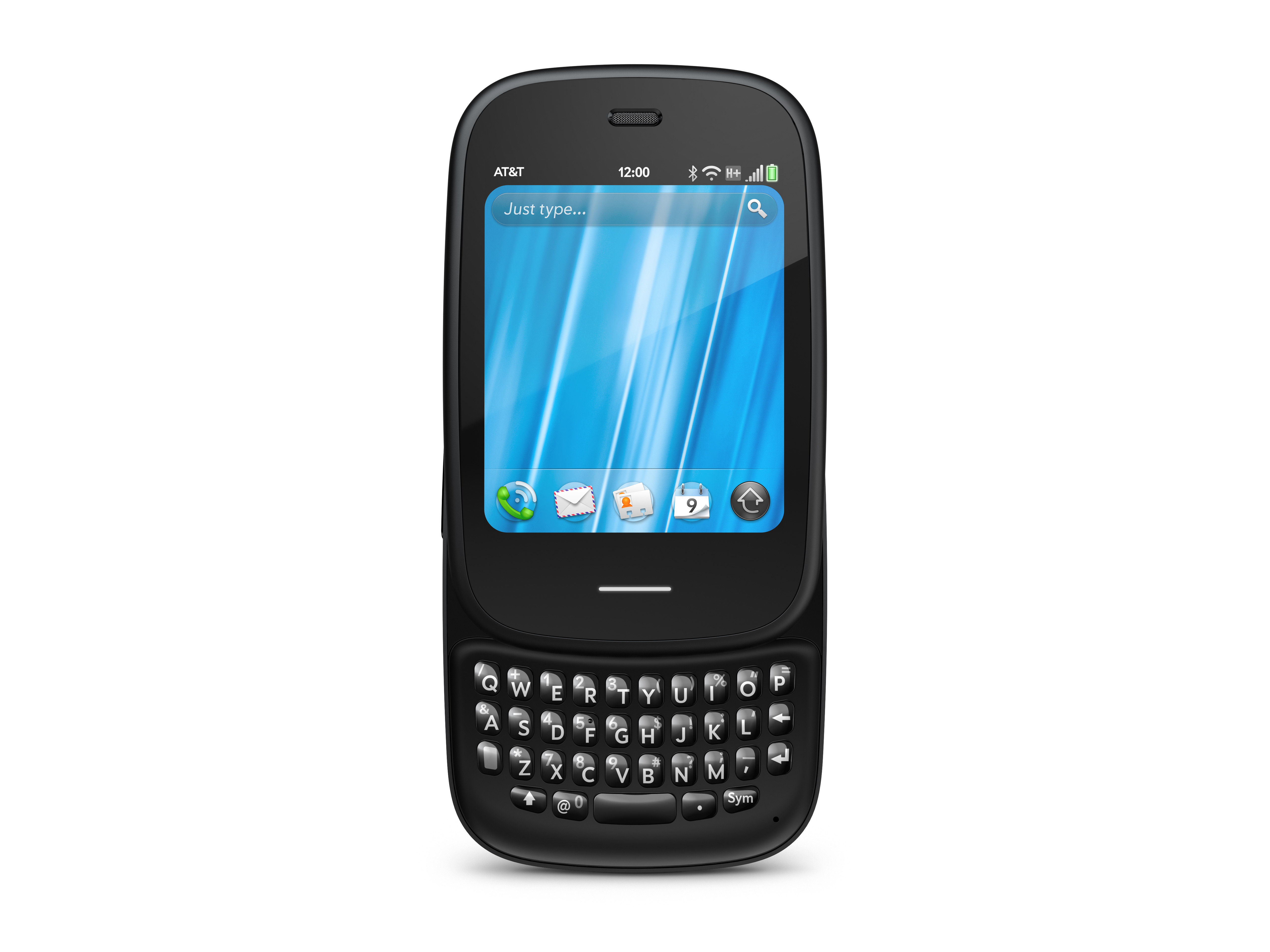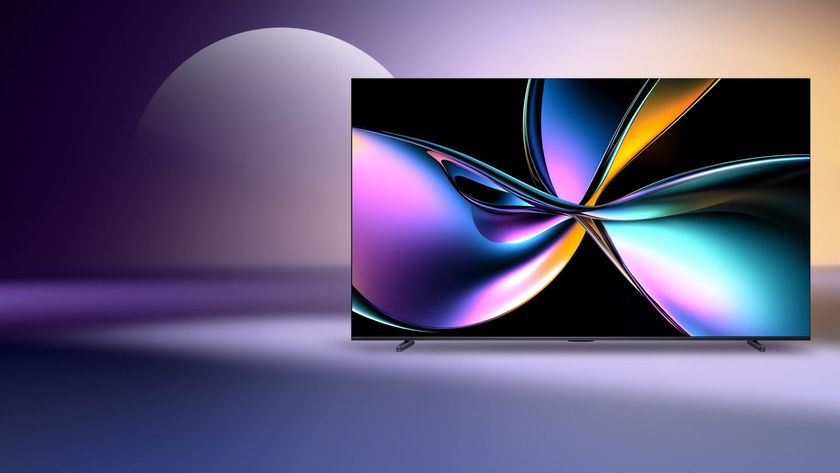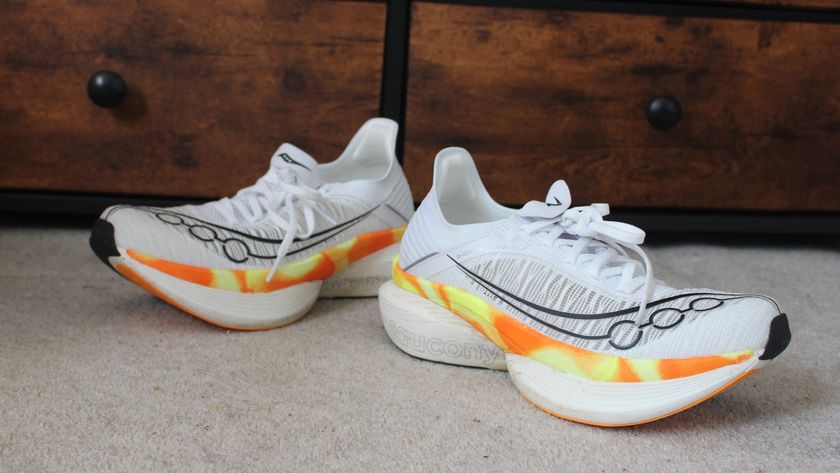Why you can trust TechRadar
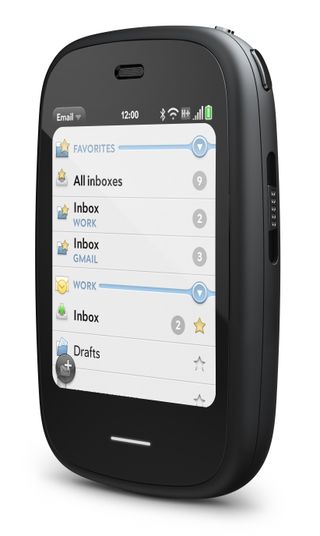
The messaging features on the HP Veer live and die based on your finger size. Those with larger fingers and fingertips will struggle to type even basic text messages, and obviously the smaller screen means an on-screen option would be awesome.
Our advice: take some time to check the Veer out in a shop or from a friend before purchase to make sure you can use the keyboard, as unless you've got a friendly network that allows returns you'll curse the next two years if it's too small.
However, make the keyboard work and the messaging capabilities are better than average. You can quickly set up your email by entering your Gmail, AOL AIM or Yahoo Mail login on the Veer in a few quick steps.

The phone also lets you add a Microsoft Exchange account, and – for business users – there's even a built-in Cisco VPN client for secure messaging.
Once you add messages, you can view mail from all your services in one email app. This even trumps the Android OS because, on those devices, you'll usually have one email client for your non-Google services and then a client for your Gmail messages unless you're tech-savvy enough to have Gmail added twice and the correct account disabled.

However, Apple recently updated the iPhone 4 to use aggregated email as well, so webOS isn't doing anything that innovative; but make no mistake, it is a handy feature.
Since the HP Veer's screen is almost a perfect square, going into landscape mode doesn't help you read messages. And there's no soft touchscreen keyboard, so you have to rely on the tiny slide-out QWERTY keyboard.
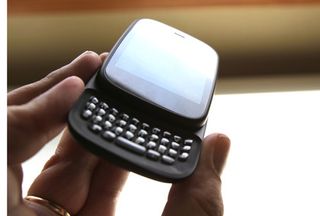
Text messaging worked well on the Veer. As discussed, the fact that you can group disparate cards together into one category (an instant messaging chat with a new email) means that messaging uses a more logical approach than the iPhone 4 and even the latest Android phones, such as the HTC Flyer and the Samsung Galaxy S2.
Current page: HP Veer: Messaging
Prev Page HP Veer: Contacts and calling Next Page HP Veer: InternetJohn Brandon has covered gadgets and cars for the past 12 years having published over 12,000 articles and tested nearly 8,000 products. He's nothing if not prolific. Before starting his writing career, he led an Information Design practice at a large consumer electronics retailer in the US. His hobbies include deep sea exploration, complaining about the weather, and engineering a vast multiverse conspiracy.
